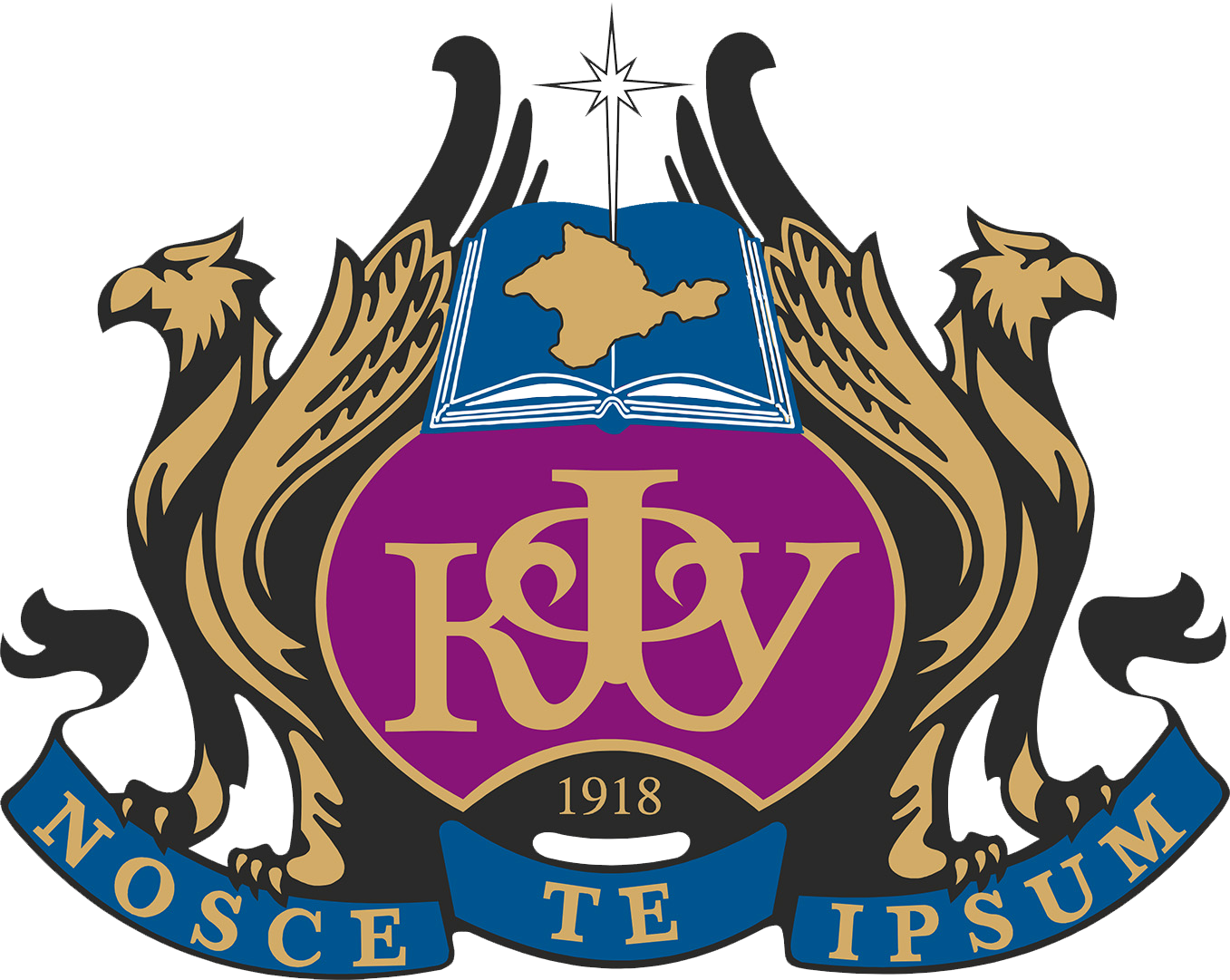Krymskiy respublikanskiy institut postdiplomnogo pedagogicheskogo obrazovaniya
Yalta, Simferopol, Russian Federation
The article gives the results of studying the spatial distribution of stands of Taxus baccata L., growing in the Mountain Crimea and detailed analysis of four significant populations located at varying altitudinal levels: the western location at an altitude of 220-440 m – “Belbek Yew Grove”, near Maloye Sadovoye village; the southern location at an altitude of 560-800 m in the Yalta Mountain-Forest Nature Reserve – “Tuzler”, on the way from Uchan-Su to Ai-Petri ; the eastern location at an altitude of 860-960 m in the valley of the Su-At River; the northern location at an altitude of 1040-1200 m. – “Yew Gorge”, on the Lower Plateau of Chatyr-Dagh. The studies allowed specifying the boundaries and total area of the natural population of 427 ha. Vital status, growth and development features of T. baccata are assessed, facilitating the identification of the most favorable altitudinal range for the growth of this rare species. It is shown that on average about 20 % of all individuals belong to the second category and are weakened trees. These individuals exhibit a reduction in crown density of about 30 % due to premature fall or underdevelopment of needles, thinning of the skeletal structure of the crown, presence of dying branches and various kinds of damage (leaf-eating, diseases). The population in the Su-At River valley at an altitude of 860–960 m, where more than 50 % of individuals are affected, stands out most clearly from the overall statistics. It is revealed that the optimal altitudinal range for growth and development of T. baccata in the conditions of Crimean Mountain is not clearly expressed, as currently yew is subjected to a large number of limiting factors, including natural and anthropogenic impacts.
Taxus baccata L., Crimean Mountains, population, spatial distribution, vital status assessment, altitudinal optimum
1. Alekseev V. A. Diagnostika zhiznennogo sostoyaniya derev'ev i drevostoev // Lesovedenie. – № 4. – 1989. – S. 51–57.
2. Alekseev V. A. Diagnostika zhiznennogo sostoyaniya derev'ev i drevostoev. Nekotorye voprosy diagnostiki i klassifikacii povrezhdennyh zagryazneniem lesnyh ekosistem
3. Bush K. K., Ievin' I. K. Primenenie sistemnogo analiza v lesovedenii // Lesovedenie. – № 1. – 1975. – S. 15–19.
4. Vodop'yanova T. D., Grizhankov G. E. Novye dannye o tise v Krymu // Botanicheskiy zhurnal. – 1967. – T. 52. – S. 967–970.
5. Vul'f E. V. Flora Kryma. – M.: Sel'hozgiz, 1951. – T. 1, vyp. 4. – 155 s.
6. Ena V. G. V gorah i na ravninah Kryma. – Simferopol': Tavriya, 1973. – 67 c.
7. Zaharzhevskiy Ya. V. Naistareyshiy tis Kryma // Ukrainskiy botanicheskiy zhurnal. – 1966. – T. 23, № 2. – S. 55–64.
8. Kraynyuk E. S. Lekarstvennye rasteniya Kryma. – Simferopol': Biznes-Inform, 2018. – S. 312–314.
9. Krasnaya kniga Respubliki Krym. Rasteniya, vodorosli i griby / [Otv. red. d.b.n., prof. A. V. Ena i k.b.n. A. V. Fateryga]. – Simferopol': OOO «IT «ARIAL», 2015. – 67 s.
10. Krasnaya kniga Rossiyskoy Federacii / [Ped. L. V. Bardunov, V. S. Novikov]. – M.: Ministerstvo prirodnyh resursov i ekologii RF i Rosprirodnadzor, 2008. – S. 565–566.
11. Ruguzov I. A. K voprosu vosproizvodstva tisa v lesah // Priroda Kabardino-Balkarii i ee ohrana. – 1972. – S. 81–83.
12. Stankov S. S. Osnovnye cherty v raspredelenii rastitel'nosti Yuzhnogo berega Kryma // Botanicheskiy zhurnal. – 1933. – T. 18, vyp. 1–2. – S. 66–94.
13. Stankov S. S. Rastitel'nost' Yuzhnogo berega Kryma // Krym. – 1926. – № 2. – S. 155–163.
14. Cyrcina T. S. Tis v Krymu // Trudy Nikitskogo botanicheskogo sada. – 1948. – T. 25, vyp. 1–2. – S. 58–68.
15. Ahmadi K. Patterns of density and structure of natural populations of Taxus baccata in the Hyrcanian forests of Iran // Nordic journal of botany. – 2020. – Vol. 38, N 3. – P. 105–115.
16. Ahmadi K., Alavi S. J., Amiri G. Z.The potential impact of future climate on the distribution of European yew (Taxus baccata L.) in the Hyrcanian Forest region (Iran) // Int J. Biometeorol. – 2020. – Vol. 64 – R. 1451
17. Balaguer-Romano R., Sainz-Ollero H., Vasco-Encuentra F. Yew (Taxus baccata L.) population dynamics in the Iberian Mediterranean Mountains: natural regeneration and expansion in East Central System (Spain)
18. Calvia G. From current to potential distribution: the case of Taxus baccata (Taxaceae, Pinales) on the island of Sardinia (Italy) / G. Calvia // Plant Biosystems-An International Journal Dealing with all Aspects of
19. Casier M. Genetic diversity and structure of endangered native yew Taxus baccata in remnant populations in Belgium // Forest Ecology and Management. – 2024. – Vol. 553. – R. 121.
20. Farjon A., Filer D. An Atlas of the World’s Conifers: An Analysis of their Distribution, Biogeography, Diversity and Conservation Status // Brill. – 2013. – R. 141–170.
21. Maroso F. Genetic diversity and structure of Taxus baccata from the Cantabrian-Atlantic area in northern Spain: A guide for conservation and management actions // Forest Ecology and Management. – 2021.
22. Moosavi S. J. Genetic variation of English yew (Taxus baccata L.) in the Bavarian Forest National Park, Germany // European Journal of Forest Research. – 2024. – R. 1–17.





